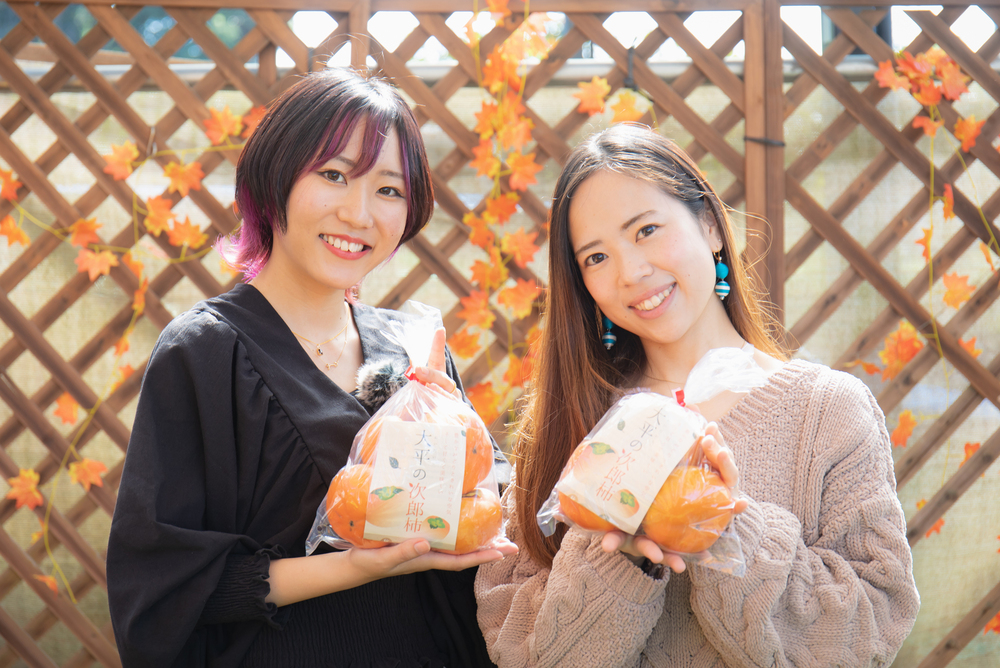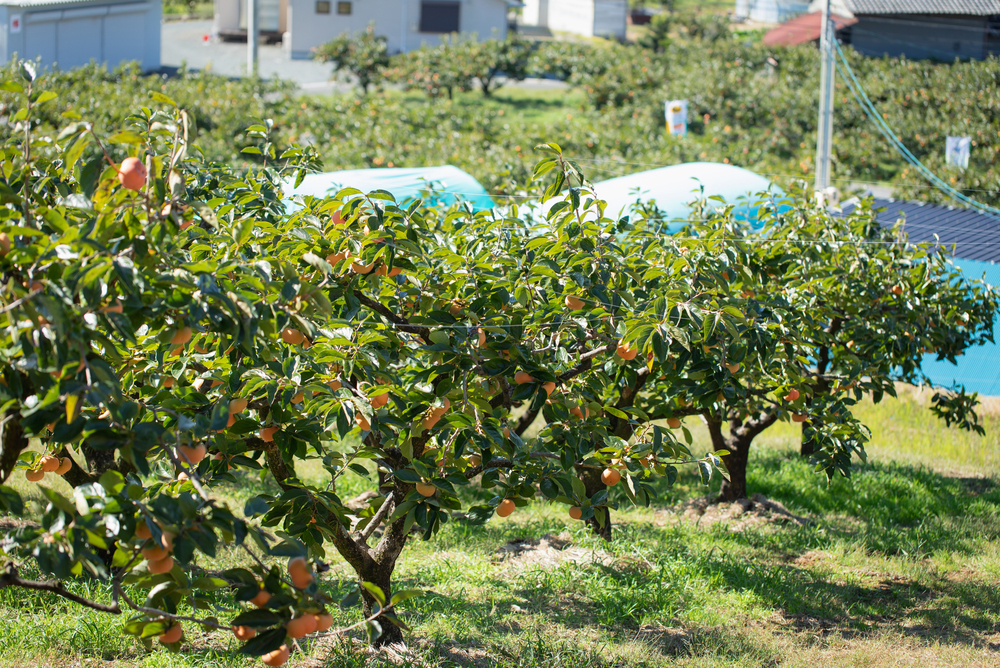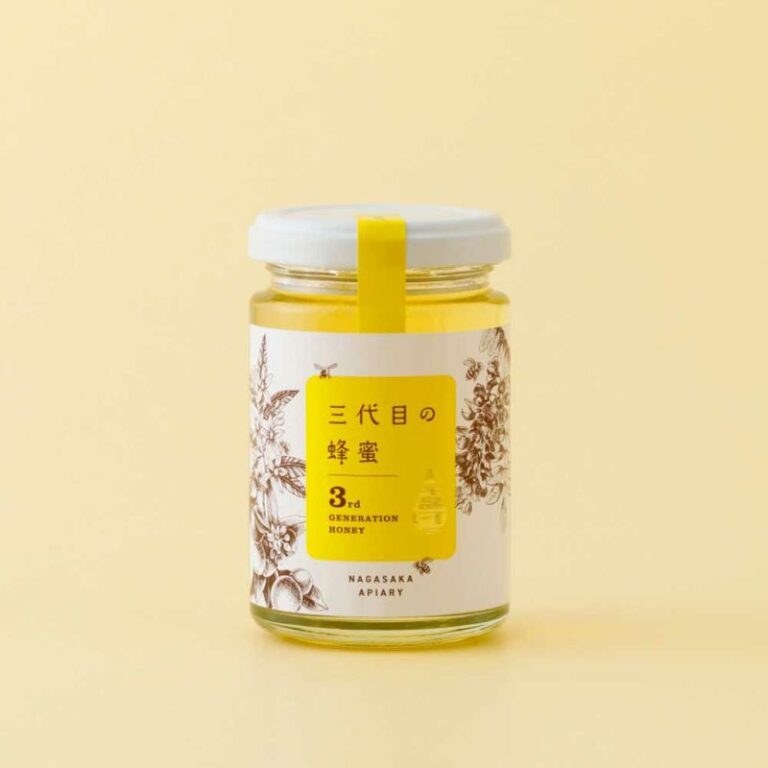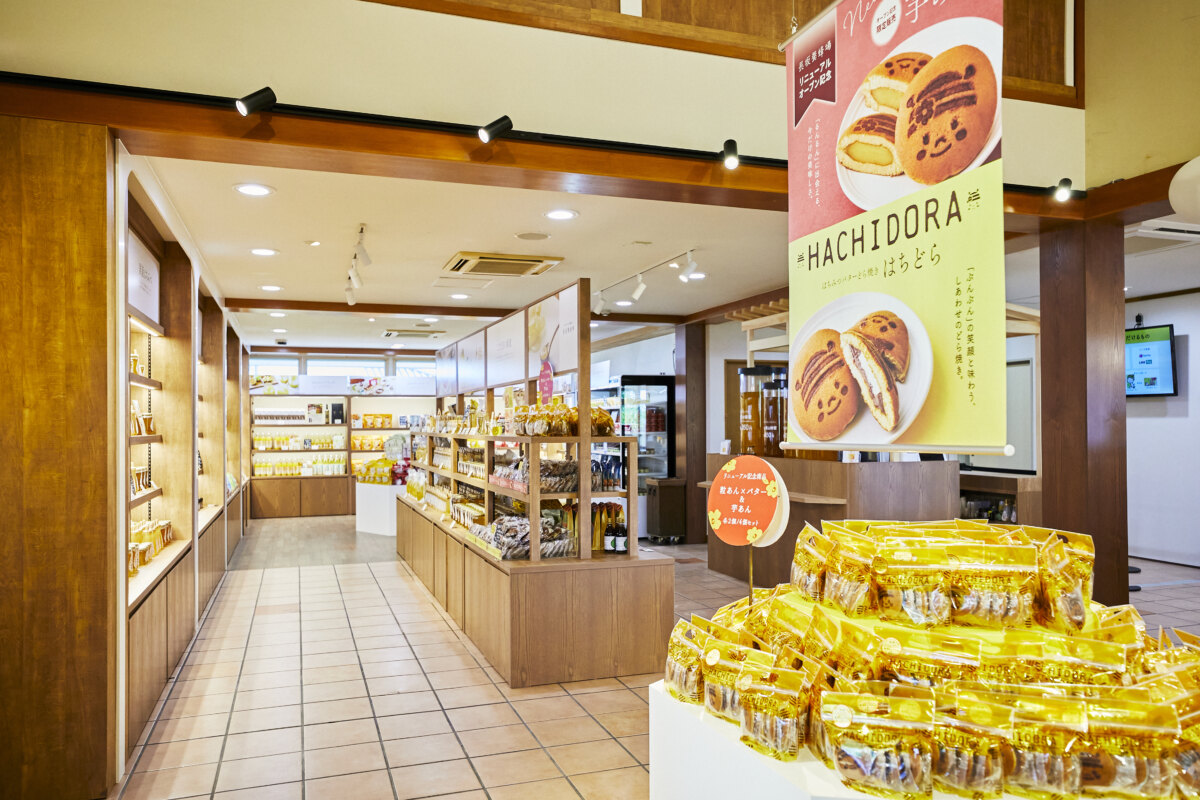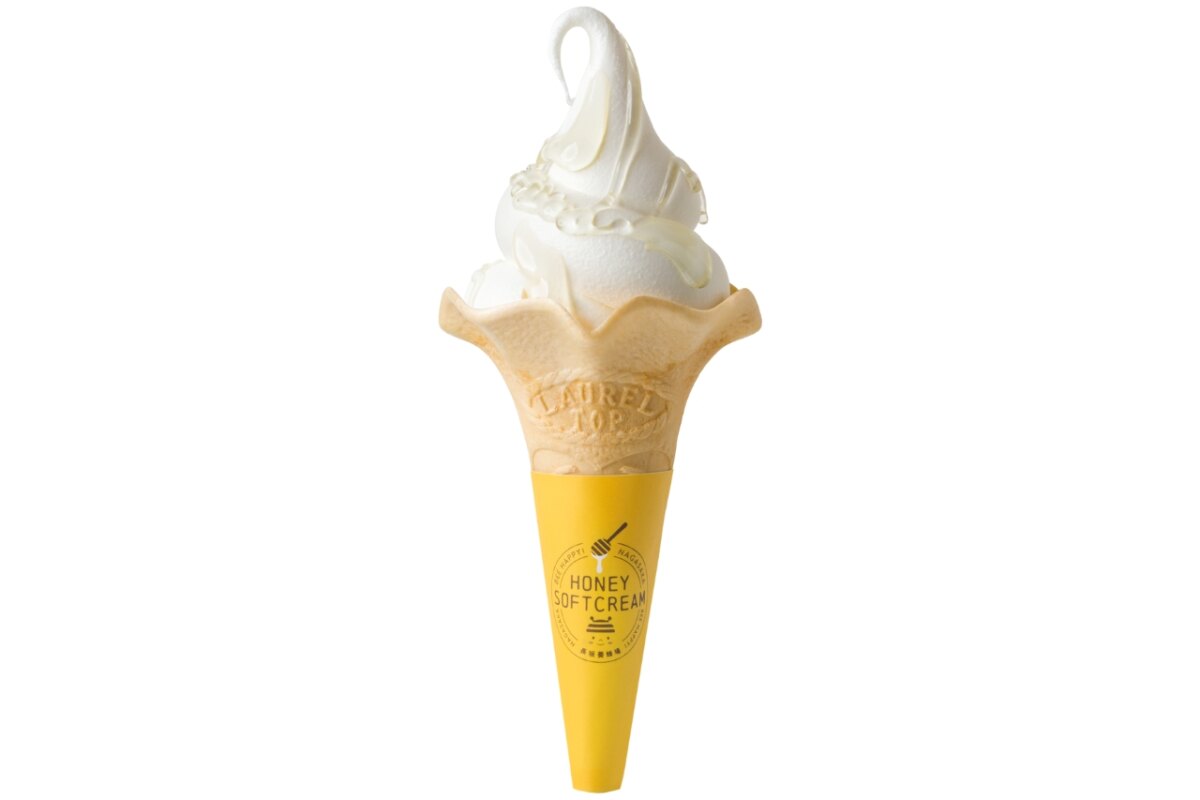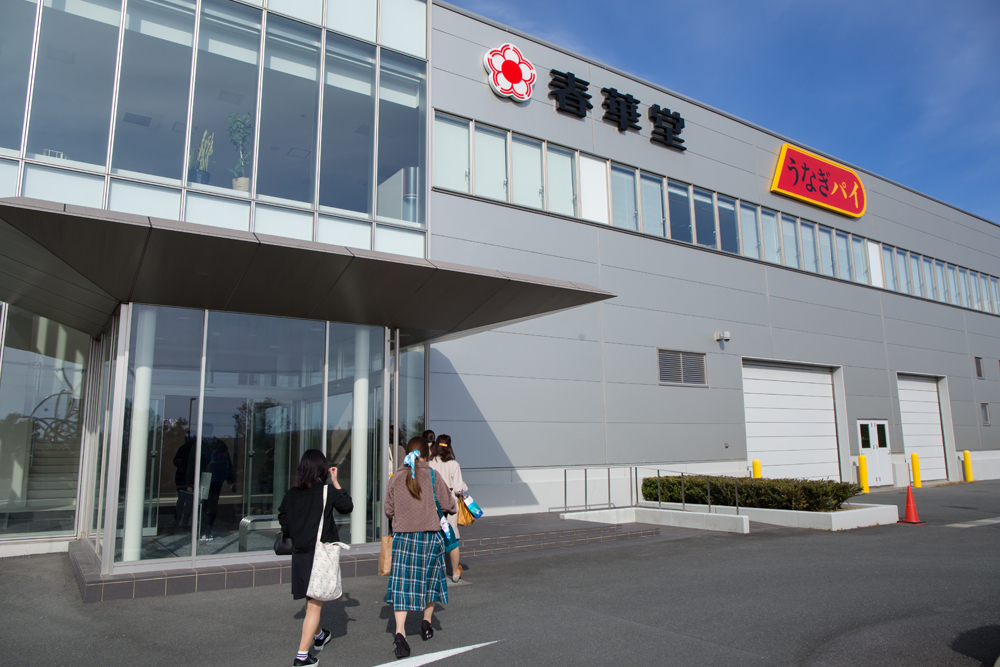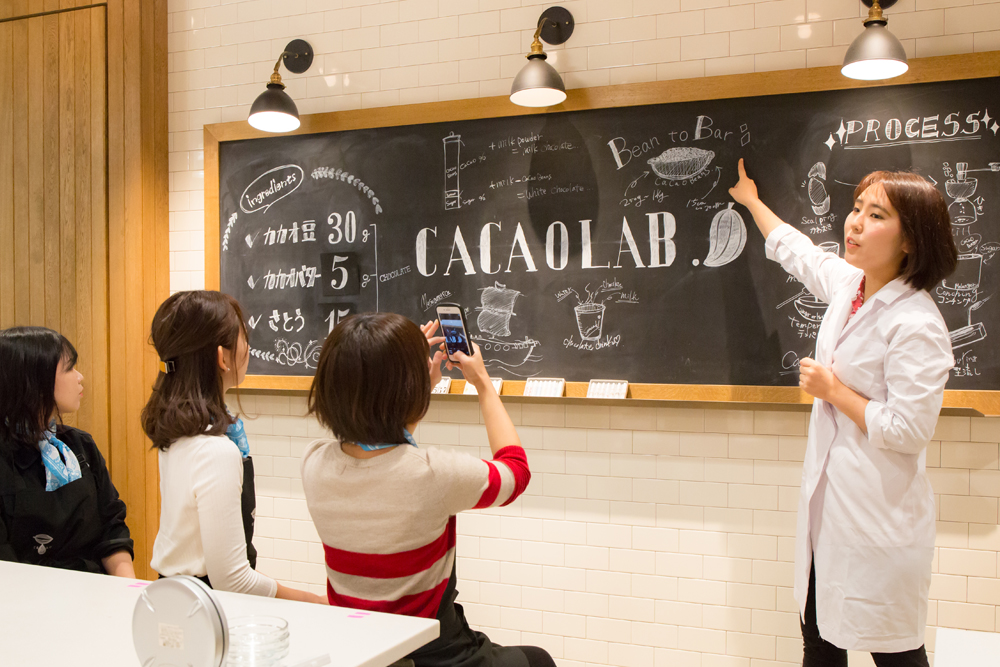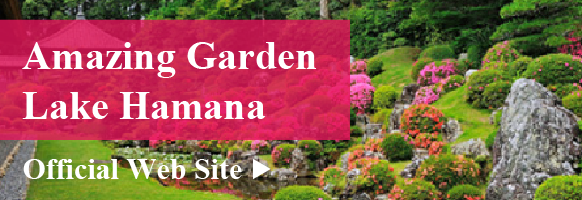Get to Know Hamamatsu
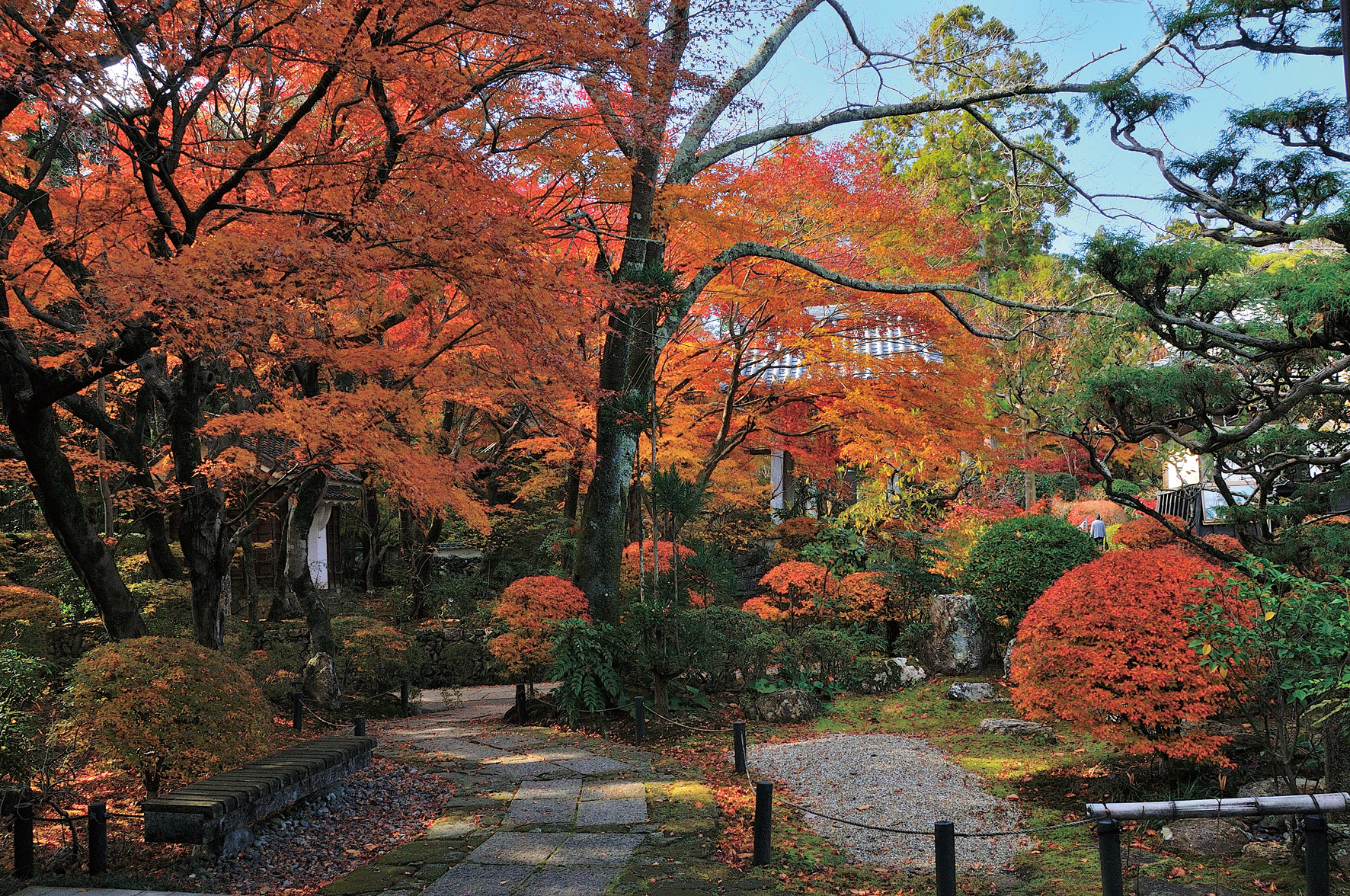
- Watch
【Central Japan】Must-see! 5 spots to see autumn leaves
There are many popular spots to view autumn leaves in Japan.
This time, we will introduce five spots in the Chubu region to see autumn leaves.
If you like it, please come and visit.
*Please check the individual autumn foliage conditions at each spot.
1. Atami Plum Garden [Atami City, Shizuoka Prefecture]
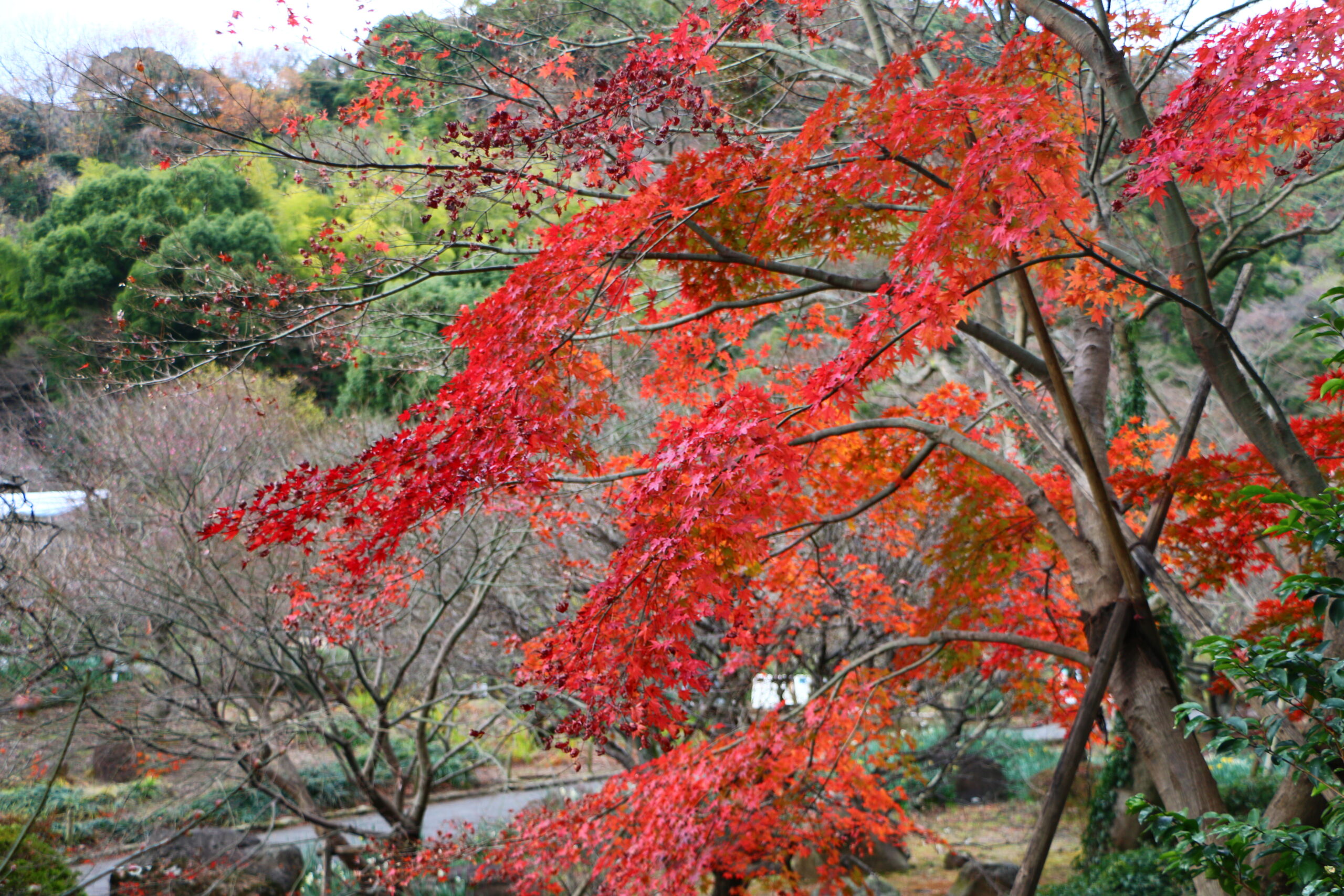
Atami Plum Garden is famous for its Plum Festival, but it is also a great spot to see autumn leaves. Perhaps due to the warm climate, this is also said to be the latest place for autumn foliage to change in Japan. There are about 380 maple trees in the park. If you’re lucky, you might be able to see both autumn leaves and early-blooming plum blossoms at the same time.
Access: Take the Ito Line from JR Atami Station for about 3 minutes → Get off at JR Kinomiya Station → About 10 minutes on foot. From JR Atami Station, take the bus bound for “Ainohara Danchi” for about 15 minutes and get off at “Baien”
2. Ryotanji Temple [Hamamatsu City, Shizuoka Prefecture]

▲Photo provided:Hamamatsu and Lake Hamana Tourism Bureau
Ryotanji Temple, which is designated as a national cultural property and place of scenic beauty, is home to an attractive Enshu-style garden designed by Kobori Enshu, and is also a popular spot for viewing autumn leaves. During the autumn foliage season, the Doudan azaleas and maples turn a beautiful crimson, creating a beautiful contrast with the moss-covered garden.

▲Photo provided:Hamamatsu and Lake Hamana Tourism Bureau
It is rich in changes with each season and is truly a famous garden worthy of its reputation as the best in the Tokai region.
Access: Take the bus bound for Okuyama from bus stop 15 at the north exit bus terminal of JR Hamamatsu Station, get off at Jinguji, and walk for about 10 minutes. Approximately 30 minutes from the Tomei Expressway “Hamamatsu Nishi I.C.” Approximately 10 minutes from the Shin-Tomei Expressway “Hamamatsu Inasa I.C.”
3. Lake Kawaguchi [Minamitsuru District, Yamanashi Prefecture]
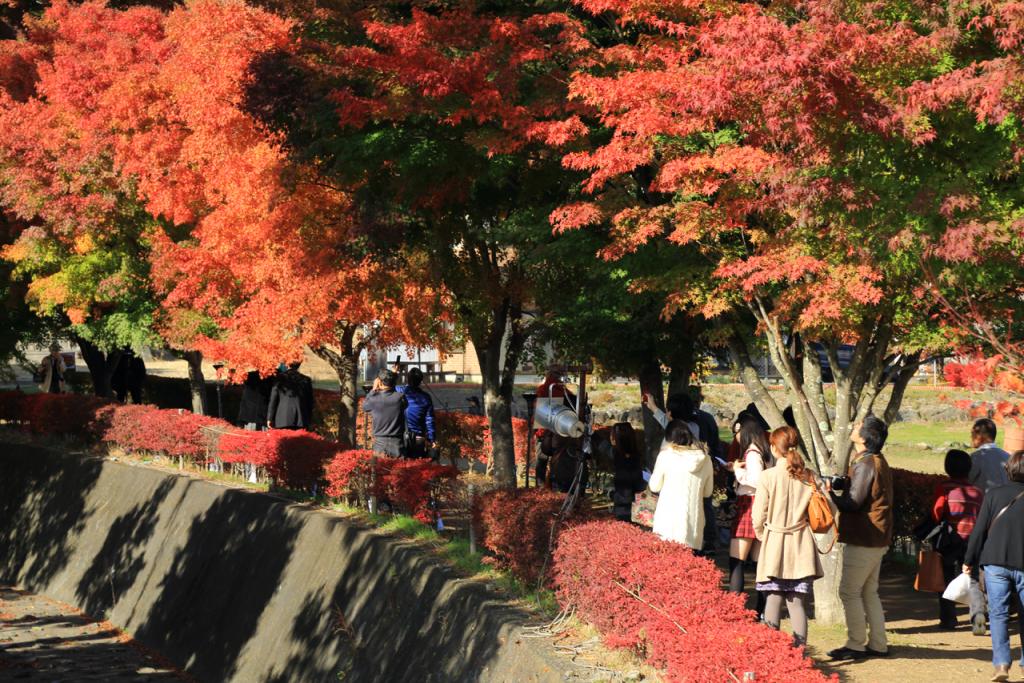
▲Photo provided:Yamanashi Tourism Organization
In autumn, you can enjoy the combination of Mt. Fuji and autumn leaves at Lake Kawaguchi. One of the most popular spots is the “Momiji Corridor,” where over 60 giant maple and ginkgo trees planted on both sides of the Nashi River turn color.
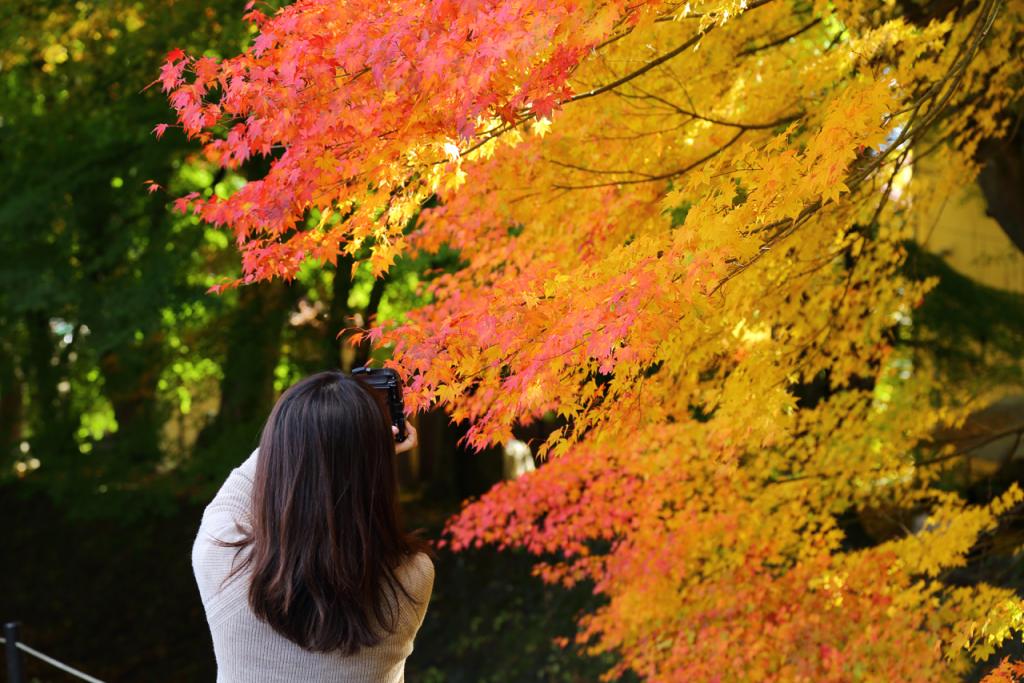
▲Photo provided:Yamanashi Tourism Organization
It is one of the best spots to see autumn leaves in Yamanashi Prefecture and fascinates all who visit.
Access to Kawaguchiko Station: Transfer from the JR Chuo Line at Otsuki Station to the Fujikyu Line, and then from Fujikyu Otsuki Station to Kawaguchiko Station.
4. Tahara Castle Ruins [Tahara City, Aichi Prefecture]
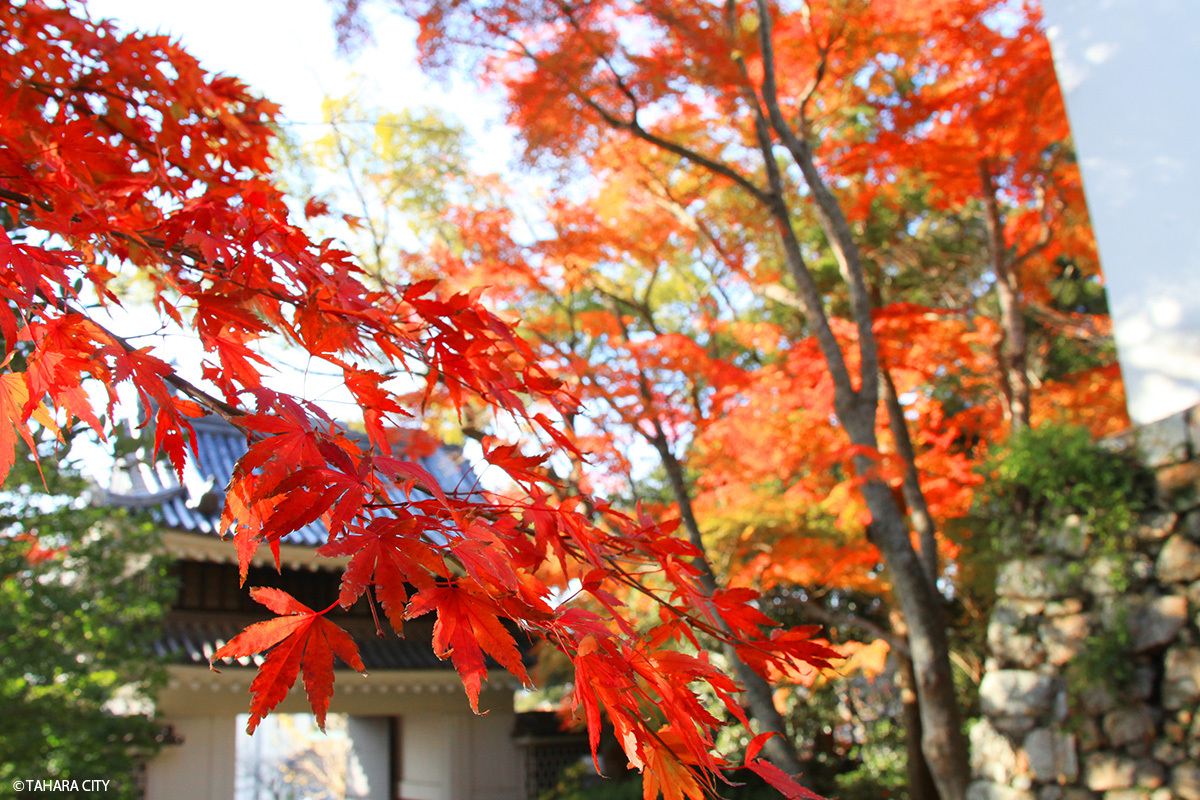
▲Photo provided:Tahara City
The trees turn red, and you can enjoy the picturesque scenery of the autumn leaves and the castle. The contrast between the white walls and the red leaves is beautiful.
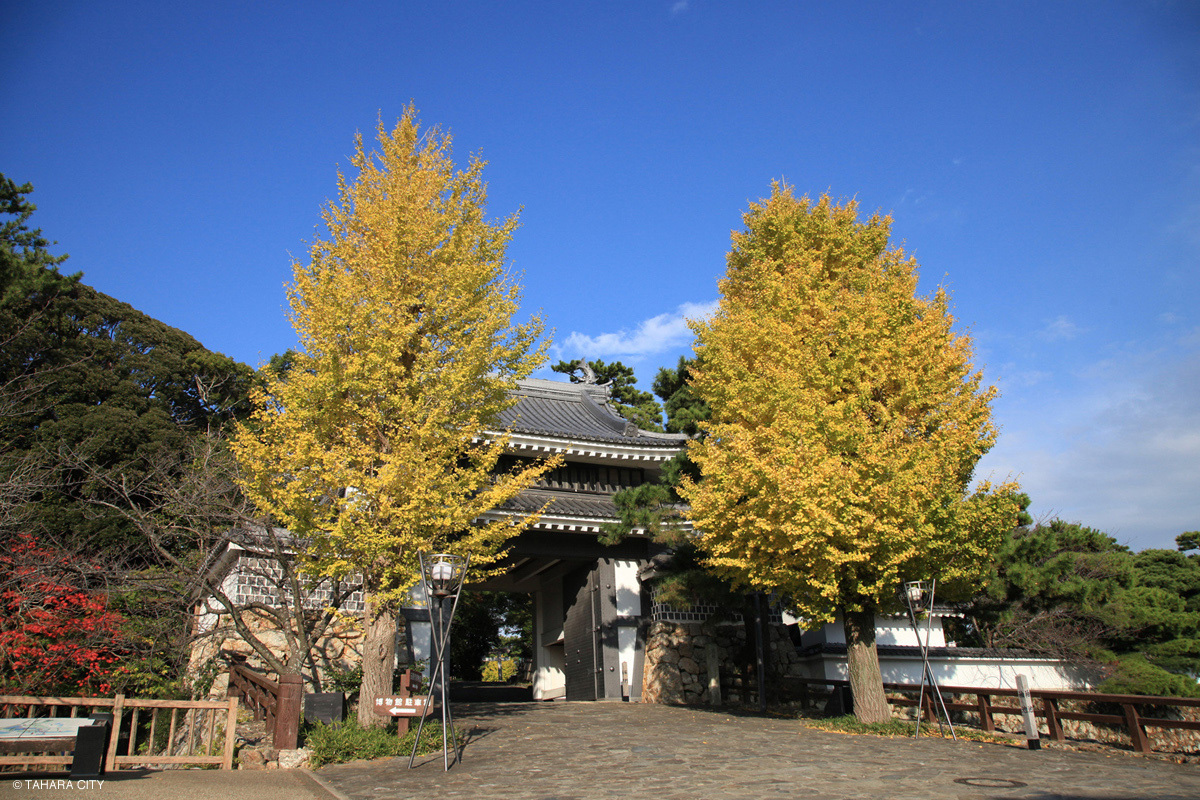
▲Photo provided:Tahara City
The combination of the two yellow ginkgo trees and the gate is a popular photo spot.
Access: 15 minutes on foot from Mikawa Tahara Station on the Toyohashi Railroad Atsumi Line. Approximately 60 minutes from Toyokawa IC on the Tomei Expressway.
5. Hamamatsu Castle Park [Hamamatsu City, Shizuoka Prefecture]

▲Photo provided:Hamamatsu and Lake Hamana Tourism Bureau
This park is located in the city, but offers a rich natural landscape and is easily accessible from Hamamatsu Station. There are walking paths within the park, and many visitors stop to take in the splendid autumn leaves.
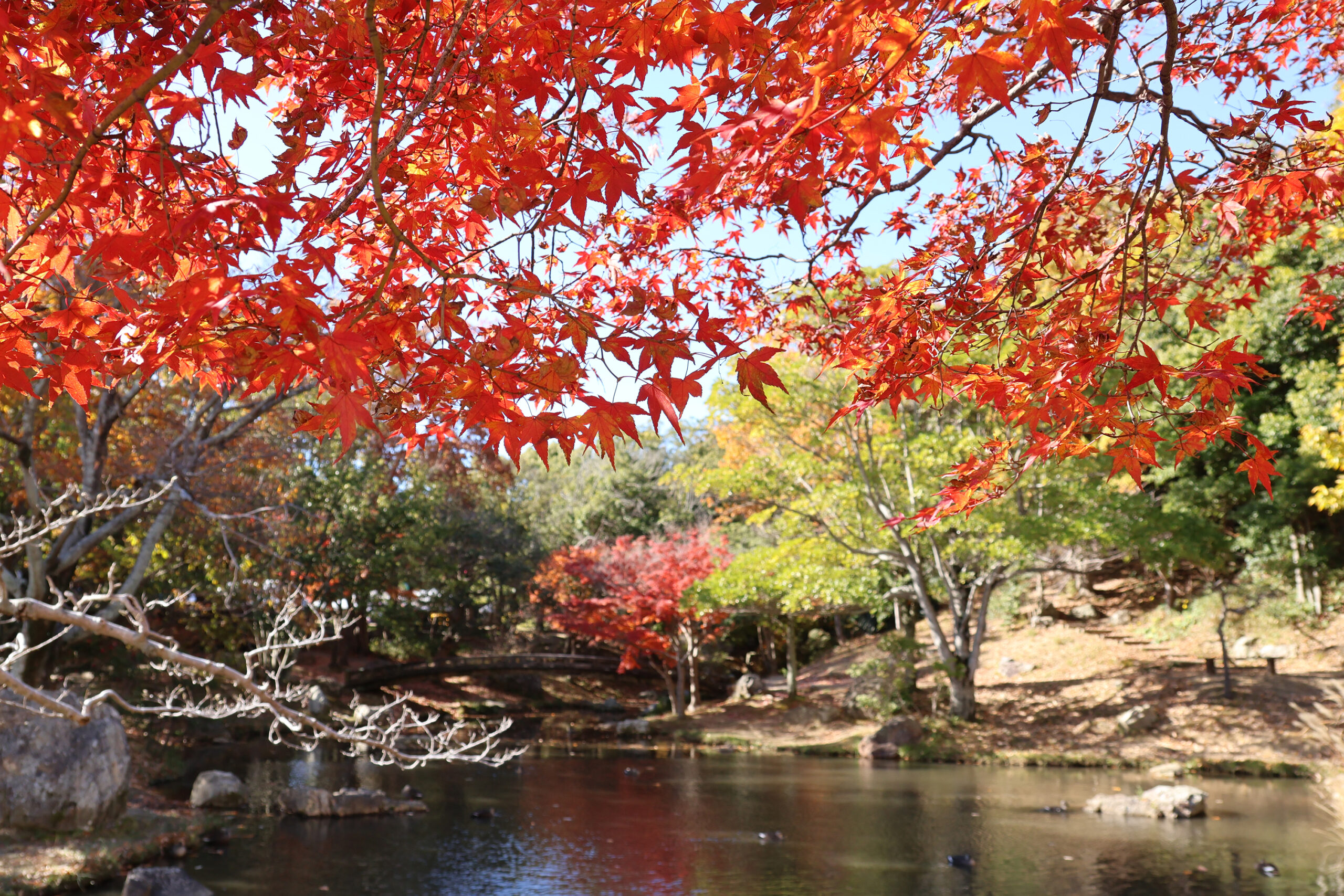
▲Photo provided:Hamamatsu and Lake Hamana Tourism Bureau
There is also a Japanese garden within the park, and the picturesque autumn foliage scenery is also a highlight.
Access: Hamamatsu Station Bus Terminal, bus stop 13, get off at “Hamamatsu Castle Park Entrance” or bus terminal stop 1, get off at “City Hall South”.
